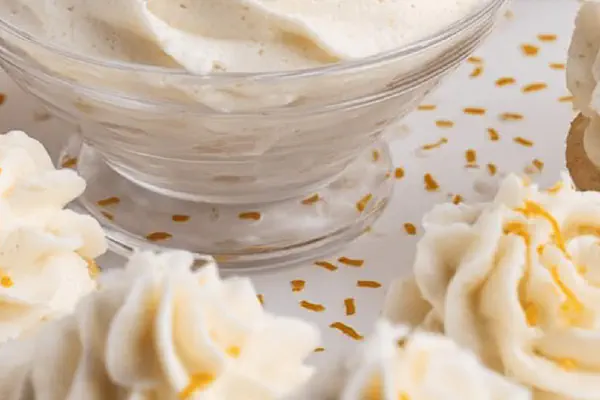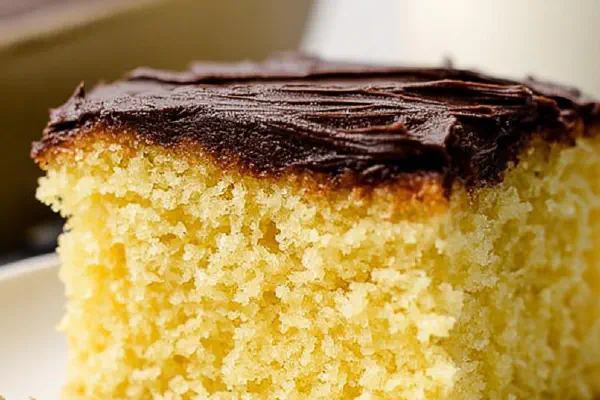Twisted Mascarpone Frosting

By Emma
Certified Culinary Professional
Ingredients
- 250g mascarpone cheese
- 1 tsp pure vanilla extract
- ½ tsp orange zest — swap for almond extract if wanted
- 140g powdered sugar sifted
- 180ml cold heavy cream
About the ingredients
Method
- Start by dumping mascarpone, vanilla, orange zest, and powdered sugar into the bowl. Medium-high speed — think frothy but watch carefully. About 1⅔ minutes or until all lumps dissolve but before any creaminess turns sour or curdled. Sloppy, broken frosting comes if you linger. Stop before separation starts.
- Slow speed down to medium-low. Drizzle ice-cold heavy cream slowly, watching frosting loosen a bit but don’t panic. If cream's warm or room temp, it won’t whip properly. Temperature critical here. Cool cream keeps air in, stops runny mess.
- Raise speed hard to high. Whip aggressively but eyes peeled. 2½ to 3 minutes usually. Texture changes from glossy to thick, stiff peaks forming when you lift the whisk and the frosting holds firm, but not grainy. If you overshoot and see liquid pooling or clumps, rescue by folding in a tablespoon or two more cold cream by hand, slow and steady.
- Keep frosting in fridge until use. Will firm up and hold shape better chilled. Remember, mascarpone is a delicate beast — temperature swings can break it down. If fridged too long, let sit at room temp 10 minutes for spreadability.
- Serve on dense cakes that can handle thick frosting. Avoid for super-light sponges or it might overwhelm.
- Common pitfall: rushing. Over-whip, and it looks curdled, ruin. Under-whip, no structure. Also, measuring powdered sugar roughly or with clumps can cause lumps. Sift it first.
- Substitution note — orange zest adds brightness, but if you want the deeper nuttiness, almond extract works. Try a combo but reduce powdered sugar slightly if sweetness ramps up too much.
Cooking tips
Chef's notes
- 💡 Start mixing mascarpone at medium-high speed. Watch frosting texture closely — frothy but no lumps. Timing tricky — about one and two-thirds minutes. Stop before it splits or curdles. Overbeating kills it fast. Visual texture is key — shiny, creamy but not runny or grainy.
- 💡 When adding heavy cream, keep mixer slow. Drizzle ice-cold cream slowly to avoid shocking the mixture. If cream's warm, whipping fails. Cold cream traps air better, prevents runny mess. Slow drip keeps texture intact, avoids lumps. Rushing here leads to broken, wet frosting.
- 💡 Increase speed to high for whipping stiff peaks. Usually two and a half to three minutes. Watch frosting change from glossy to thick, holding stiff peaks not grainy clumps. Stop as soon as firmness hits. If overbeat, liquid pools or lumpy clusters form — fix by folding cold cream in gently by hand.
- 💡 Keep frosting chilled until use. Mascarpone is temperature sensitive. Too warm softens structure; too cold less spreadable. If fridge draft makes very cold, let sit 10 minutes at room temp before spreading. Temperature swings can split mixture. Handle gently to keep shape and texture stable.
- 💡 Swap orange zest with almond extract for flavor shift. Zest brightens; extract adds nuttiness. Powdered sugar amount flexible; cut slightly if sweetness overpowers. Always sift powdered sugar well — clumps cause lumps and affect smoothness. Use full-fat heavy cream only, no half-and-half or light creams.
- 💡 Avoid overwhipping. Frosting looks curdled, grainy. Underwhipped means no structure. Measure powdered sugar carefully; rough or clumped sugar ruins texture. Careful timing is everything. Frosting fails mostly come from rushing. Be patient, visual and tactile cues guide you best.
- 💡 Use high-quality mascarpone only. Light or low-fat versions don’t whip properly, texture falls flat. Tried cream cheese as substitute — tangier, less silky. Try combos carefully. Mixing too hard or fast introduces air pockets that break down consistency. Balance speed and patience; it’s chemistry and art here.
Common questions
How to tell when mascarpone whisking is done?
Look for shiny creamy texture, no lumps left. Stop before mixture curdles or breaks down. Move fast here. Texture changes quickly from thick to broken. Listen for quiet mixing sounds, less splash.
Can I swap orange zest for almond extract?
Yes but watch sweetness balance. Almond extract nuttier, richer. Reduce powdered sugar if needed. Combine zest and extract carefully, too much overpowers. Flavor shifts but frosting techniques same.
What if frosting breaks or curdles?
Add cold cream slowly by hand, fold gently. This helps rescue broken texture. Often caused by overmixing or warm cream. Restarting mixer won’t fix when frost is grainy or puddles form. Cold cream temp critical to fix.
Best way to store leftover frosting?
Keep it chilled tightly covered. Refrigerate up to two days. Let sit 10-15 minutes at room temp before spread, not longer. Can freeze but texture suffers; better fresh. Stir gently after resting to recombine.



